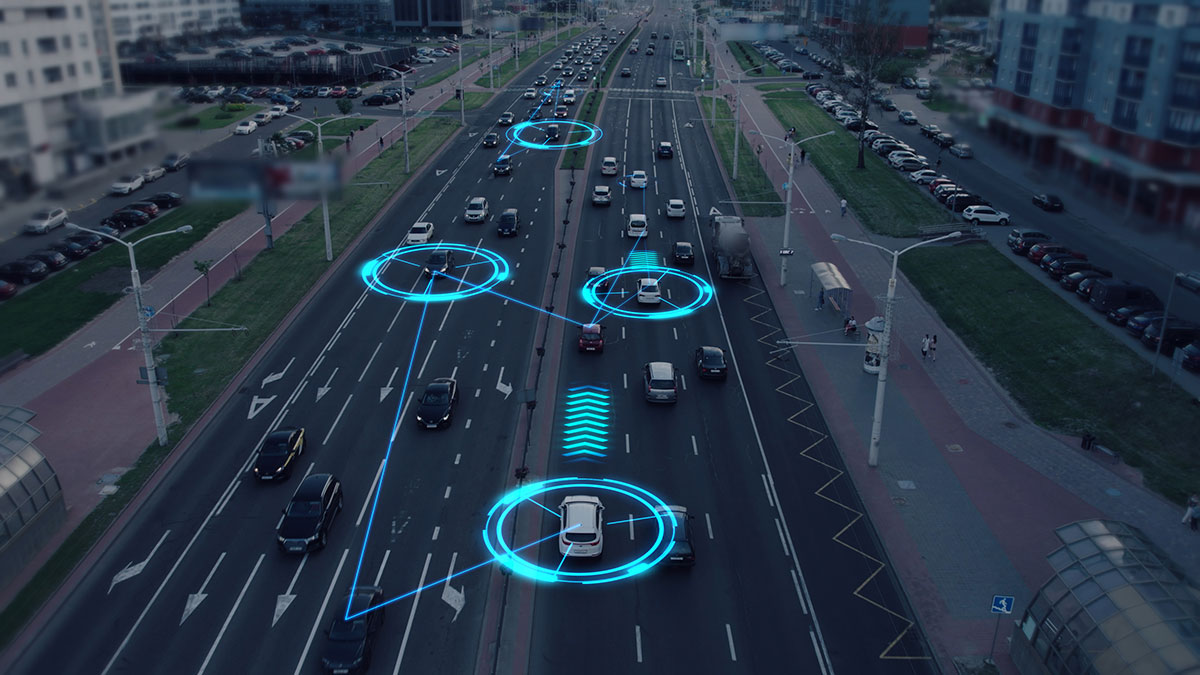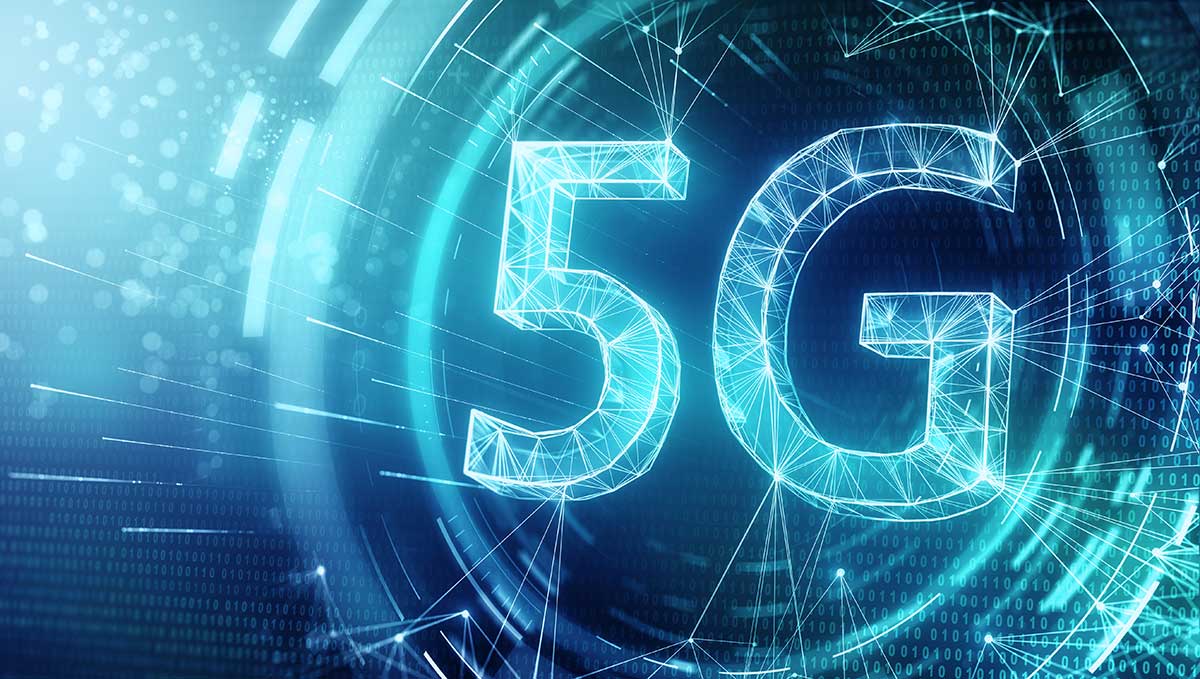Certifications training and industry community group CompTIA looks at the latest 15 emerging technologies that partners and their customers should be watching in 2023 and beyond.
 AI
AI
Artificial intelligence is poised as a tool of choice for businesses and solution providers. As is often seen with social media, AI, combined with machine learning, deep learning and neural networks, can be a powerful combination. Businesses can use AI to achieve cost-saving benefits, streamline business processes, improve the customer experience, enable more efficient communications through chatbots, increase customer satisfaction and provide insight into purchasing behaviour to inform decision-making.
Additionally, machine learning can analyse large datasets and provide scaled insight. We are currently just scratching the surface of how machine learning and AI can work together to enable businesses. In fact, the global AI market is projected to grow at a CAGR of 36.2% to reach $407 billion by 2027. Current applications provide huge growth potential for solution providers who can fully understand the capabilities and functionality of AI to tailor solutions to meet business demands in the digital world.
Blockchain
Past discussions of blockchain often hinged on cryptocurrency, but the real power lies in the immutability and transparency of a blockchain. Blockchains use distributed ledger technology resulting in a fixed and highly visible record of activity with high potential for business applications.

The blockchain is an information system that holds promise for supply chain management, enabling transparency into the journey of materials from origin to product. Blockchain technology will also allow for better record management, providing a snapshot of any record from its origination. This could be used to verify orders, purchases, returns, receipt of product—you name it.
Smart contracts are another blockchain application that ensures delivery of conditions. Smart contracts releases data when both participants have met the criteria of an agreement. They offer endless capabilities for ensuring frameworks are carried out and therefore can help position you as a trusted solution provider.
Computer vision
This field allows computers to derive meaning from visual input, and then take action, or make decisions based on that data. Computer vision requires a huge amount of data to train algorithms to understand subtle differences and recognise different visual inputs.

There is significant business potential for computer vision prototypes, which could inspect products and processes as part of quality control to analyse for nearly imperceptible differences and imperfections. Business applications include using Google Translate to translate signage to a native language and making sense of traffic signs in self-driving cars.
Customer data platforms

If data is the new gold, then customer data platforms are the new banks. Businesses benefit from knowing as much about customers as possible so that they can hyper-personalise experiences and know how best to reach and engage prospects and customers. But often, knowledge is disparate, located across several systems or platforms with no single unifying source. Customer data platforms bring this information together into a single source to provide a comprehensive picture of consumers and eliminate the potential for unclean data.
Cybersecurity mesh
Cybersecurity no longer operates as an addendum in the world of information technology. As companies made the move to remote working models during the pandemic, a few pressing issues came to light. Not only is cybersecurity an absolutely critical element of business operations, but traditional approaches are not flexible enough, or don't have the bandwidth, to accommodate for a large-scale remote workforce.

Cybersecurity mesh is a completely different approach to digital security. Cybersecurity mesh allows companies to create security measures based on the identity of a device, rather than proximity to secure connections. It’s a distributed approach rather than defining a perimeter based on network reach. In addition, cybersecurity mesh also allows for easy scalability across a distributed workforce.
Digital health

If COVID-19 left a legacy that will remain, it’s digital health. As patients became unable to visit doctor’s offices and hospitals, digital health rose to fill the gap. But now that hurting or sick individuals have realised there are opportunities for receiving appropriate healthcare from their providers without in-person visitation, they are taking advantage of that opportunity. This fad is certainly here to stay and in the coming years will likely give rise to associated new technologies that leverage innovations such as biometrics to produce smart or connected medical equipment that will enable continued distanced medical examinations.
Digital twinning
Almost anything is possible with the right coding, and now we can digitally copy a person. The virtual manifestation of a person is a real-time representation of what takes place in the human body. Digital twins are very useful for helping us to predict outcomes and measure performance. There are multiple business and healthcare applications that allow us to perform testing and apply data analytics that was previously difficult and time consuming to realise with living subjects. Advancements such as genome mapping and gene therapy could become more viable in the near future. Additionally, digital twin technology could finally eliminate the need for clinical trials in humans as we work to manage future medical challenges.
Edge computing is quickly becoming the most efficient path for localised interactions
Edge computing
Edge computing is a decentralised model which places computing nodes closer to the source of interaction. Gartner defines edge computing as a model where “information processing and content collection and delivery are placed closer to the sources, repositories and consumers of this information.” This model optimises technological interactions and reduces latency at the point of origin to enable more effective and real-time data consumption. Edge computing is quickly becoming the most efficient path for localised interactions.
IoB (Internet of Behaviours)
As the world becomes more digitised, informed business is the key to success and the internet of behaviours or IoB provides greater clarity into consumer behaviour. For those companies wanting to keep a competitive advantage, the IoB is offering opportunities in the form of data collection and analysis regarding consumer interactions, preferences and purchasing behaviour.
This technology is designed to help businesses improve the user experience
Similar to the internet of things (IoT), IoB provides substantially greater insight into how consumers are participating in the purchasing journey, analysing data collected from IoT and online sources with a psychological perspective. Ultimately, this technology is designed to help businesses improve the user experience and engage with consumers in a more meaningful way.
Low-code Technology

Low-code technology is bringing software development to those without a high level of technical knowledge. Traditional software development is a long, arduous process, requiring a high level of programming knowledge and a significant time investment. With low-code technology, software can be developed with a drag-and-drop interface and no extensive backend coding. This allows business users to solve a variety of specific challenges without needing to engage a highly technical resource.
Quantum computing
Quantum computing offers unique opportunities for predictive analysis that extend beyond the capacity of conventional computing. Quantum computers leverage the principles of superposition and entanglement to process information on an exponential scale. While Google came on the scene in 2017 with a promise of the largest quantum computer, IBM has actually made it possible for businesses to leverage this technology.

Quantum computing offers businesses a powerful tool for predictive analytics and big data analytics. As we encounter new problems, quantum computing will help predict viable solutions.
Robotic process automation (RPA)
Robotic process automation is a term that is gaining ground recently. The name is something of a misnomer however, as there are no physical robots involved in these tasks. RPA involves automation of tasks using bots that previously required human labour and follow a repetitive pattern to accomplish more of these computer-based tasks with enhanced efficiency. Many businesses are embracing RPA to help achieve more efficient workflows for rule-based tasks.
Spatial computing

Spatial computing is often what we see when we look at futuristic movies. Rather than interacting with a static computer that sits on your desk, we are now engaging with computing as we move throughout our daily lives. Spatial computing involves virtual reality (VR) and augmented reality (AR) but goes well beyond those categories. Spatial computing involves interacting with digital elements in an intertwined fashion with the real world. Think of smart homes, speaking commands to achieve real-world goals or using smart glasses as you move throughout the world, using digital resources and interfaces to inform real-world experiences.
Total experience
These days, emerging technology is all about tying everything together. That’s exactly what total experience seeks to do. Total experience involves a unified experience for all people engaging with a business, from the employee down to the customer. It involves using technology to create an exceptional experience for all people interacting with your company to create high-quality experience for everyone simultaneously.
5G in everyday life

The connectivity speeds accomplished with 5G greatly outpace those seen with previous networks. 5G networks offer the supporting foundation that businesses can leverage to embrace many upcoming disruptive technologies. But in recent times, 5G technology hasn’t gained the momentum that was anticipated. It’s projected that infrastructure will finally reach a viable point and devices will become affordable enough so we can actually leverage the power of 5G.
Information Technology Trends
There was a time when cloud computing, app development, data centres and even eCommerce were considered emerging technologies. Now, as we look toward the age of the metaverse, looking at new top technology trends is reaching a state of necessity. Business models must innovate if they want to continue reaching new heights in the coming years. Which IT industry trend will make the most impact on your business?

